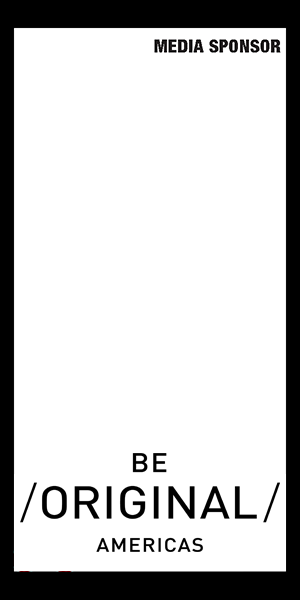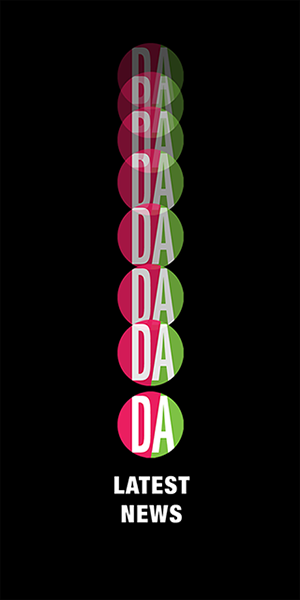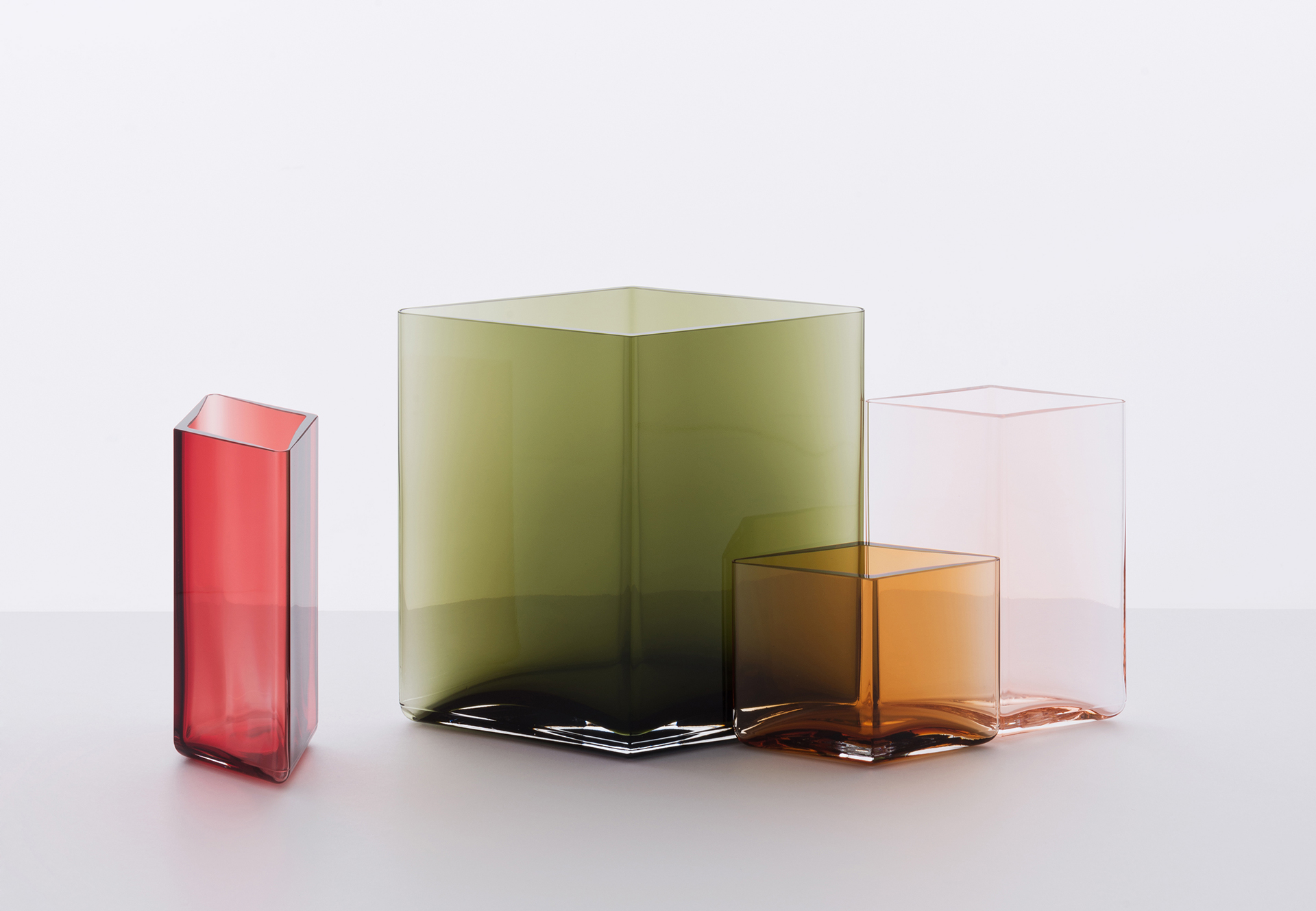
(Images are from the cooper hewitt national design awards)
above: Tupperware Flatout! from frog design, one of three winners for Product Design

above: Stephen Doyle, winner for Communication Design

above: Lisa Strausfeld’s One Laptop per Child
With the National Design Awards in the recent past and London Design Week in the near future, competition is at the forefront of the design world. A little friendly competition never hurt anyone, but in a recent piece at Core77, Apple VP Don Norman argues that design contests are flat out bad for design.
The position he takes is this: Because jurors often have to rate designs based on drawings, photographs and videos accompanied by text instead of the physical product (either because it hasn’t been made yet or, in the case of something like a car or bed, it’s physically impractical). “As a result,” Norman says, “jurors cannot experience them in use, they can’t watch the intended audience use them, they can’t assess how well they provide for graceful interaction, what pleasure or pain they provide, what benefits they provide. “If design contests reward styling alone and ignore the most important, but hardest parts: interaction, experience, truly meeting needs, and even economic success, they “perpetuate the myth that industrial design is primarily about style and that brilliant styling leads to success in the marketplace. Both statements are false.”
He suggests that all entries should be accompanied by an “evaluation performed by an independent testing group that evaluates its functionality, usability, durability, and market impact,” and that judges be made familiar with the constraints and expectations of each category and be required to serve on a panel for more several years. “I recommend rolling three-year terms, with 1/3 of the jurors appointed each year. Each jurors would have one year to learn the ropes, one year to practice what had been learned, and a final year both to practice and to mentor newer jurors. ”
Resources:
cooper hewitt national design awards
core77









